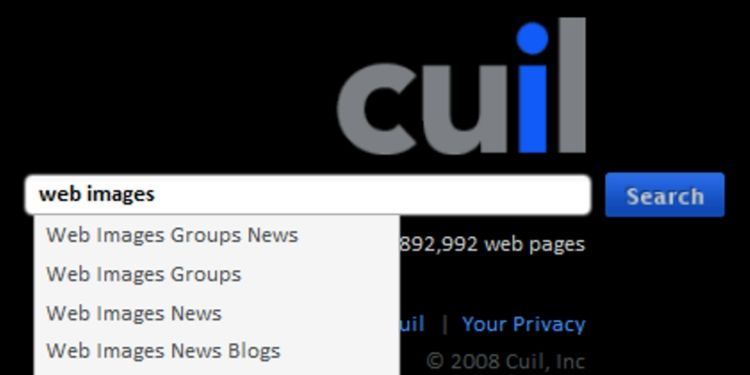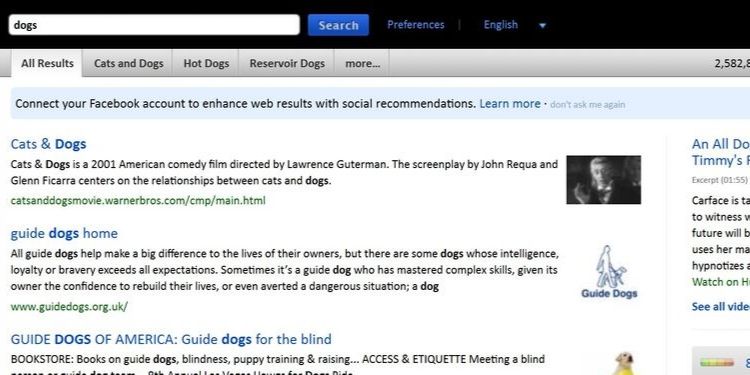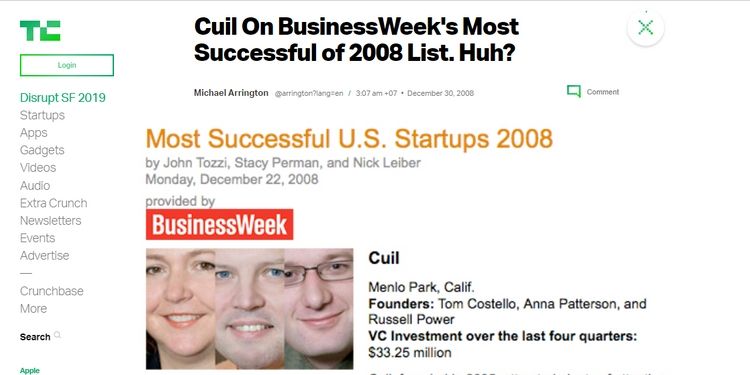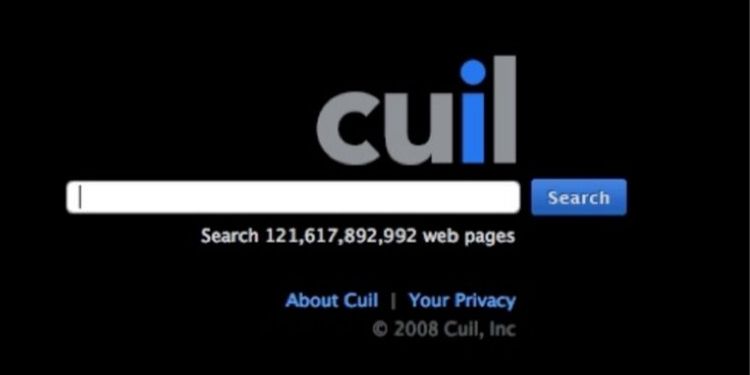Last Updated on
Google, Yahoo, Ask, and Bing, are some of the most popular search engines out there today. But did you know that there was a search engine that claimed to be the world’s largest searching? It was so large that it indexed more than 121 billion pages– that’s three times more than how many pages Google has indexed!
Cuil, a revolutionary search engine in 2008, finally ended up with bitter failure. Read more as we talk about Cuil and what happened to the would-be Google killer.
What is Cuil?

Cuil (pronounced “cool”) was a search engine launched by a former Google employee together with her husband to take over Google, the search engine giant.
Fun Fact: The name Cuil was taken from a series of Celtic folklore stories involving a character named “Fionn mac Cumhaill”, which they fallaciously referred to as “Finn MacCuil”. The word Cuill in Irish means “hazel” and “knowledge”.
It was developed and led by Anna Patterson and her husband Tom Costello, the president and CEO, respectively. Anna was once a leader of Google’s search index while her husband was at Stanford University and IBM researching and developing search engines.
Aside from Anna and Tom, they also have Russell Power as their third co-founder aside from being the Vice President of Cuil’s engineering. Like Anna, Russell also worked at Google on search indexing, spam detection, and Web rankings.
How Does Cuil Function?

Cuil functions just like any other search engine. They have “web crawlers” or more commonly referred to as “spiders” or “search engine bots” that crawl billions of web pages.
After crawling billions of web pages, they download the web pages and take note of the links to the newly discovered web pages that have been made available. These things are then added into their data structure that’s called “index”.
The index includes more than just links because it also contains key information such as keywords, the type of content it covers, how recent was it updated, how do people interact with the page and the domain in general.
But what makes a search engine great is the algorithm behind how search results are presented. Furthermore, depending on how it answers to the user’s search and how fast it returns results is also a defining factor.
In Cuil’s case, they fail to outperform Google in this area. A detailed comparison of this can be found in What Happened to Cuil? section below.
Cuil During Its Early Days
In July 2008, Cuil was launched with an index of 121,617, 892,992 web pages. The increased number of indexed pages rose to 127 billion by February and this is why BusinessWeek had listed Cuil as one of the most successful U.S. startups of 2008 based on the money they had raised since launched.

However, all these hypes and huge numbers didn’t live up to the expectation because of how awful the search engine was programmed. It was so bad that the combination of immense hype and poor performance is what destroyed the credibility of the search engine.
To give you an idea, Cuil had a site reach that peaked just over 0.2% of worldwide internet users in late July 2008, which then dropped to 0.02% by September 2008 and ranked as the 5,304th site by traffic according to Alexa. Everything turned from bad to worse when it dropped to 0.005% just 1 month after that and ranked as the 21,960th site in traffic as per Alexa.
Performance and Criticism
Cuil’s claim to be better than Google was so intriguing that it got the internet users by storm. However, as mentioned above, it didn’t live up to the user’s expectations. So, exactly how did Cuil perform?
Users claimed that the search engine’s response was really slow. Compared to other search engines, it took longer than expected when returning results (detailed comparison of this in the next section). What’s worse is that it returned irrelevant pornographic images alongside search results.
Specifically, the results feel weird for the most part and it doesn’t seem to return relevant results. With all these complaints going about on their first day of release, Cuil’s vice president of communications Vince Sollitto did release a statement saying they were experiencing first-day overloads that they were “busy putting out fires”. “Cuil will only improve with time,” he even added.
The Truth Behind the Claims
With all the claims of being better than Google, was there any truth at all, if any?
To be fair, Cuil had a very unique feature that no other search engine has, which is to log into your Facebook via Cuil. What this does is it lets you search friend updates directly via Cuil and even lets you send messages to your friends without going to Facebook.
Honestly, this doesn’t seem revolutionary– but their user privacy is one thing Cuil excels.
Compared to Google, which stores user-specific searches for up to 18 months, Cuil never stores and personal information, cookies, or even search histories. And with privacy becoming a growing concern at the time, it’s no wonder how this one feature persuaded users to switch from their search engine of choice.
Was Cuil A Threat To Google?
Despite claiming to have indexed three times as many as Google, it still lacks plenty of things such as performance, speed, and relevancy when returning search results. A detailed comparison of this can be found in the next section.
“Anybody who thought [Cuil] was this Google killer can really see now that no, that’s not going to happen today — and the likelihood is that’s not going to happen a year from now,“
-Danny Sullivan (Internet Search Guru and Editor-in-Chief of SearchEngineLand)
Cuil vs Other Search Engines

With all the fuss and eyebrow-raising claims at the time of Cuil’s release, it’s no wonder how badly people want to see numbers to use and compare. This is why Rand Fishkin of SEOmoz.org made an analysis as of July 29, 2008, where it clearly showed how incompetent Cuil is compared to not just Google but 3 other search engines as well.
Cuil performed so bad that it was even showing irrelevant images associated with their search results.
What Happened to Cuil?
With how Cuil performed since launch, it’s no wonder why it was forced to shut down. Servers were finally put to an end on September 17, 2010, 5 hours after the employees were finally told about the real situation Cuil was in.
It was also reported that the shut down came after an acquisition agreement a week earlier, which explains why Cuil’s patents were sold to Google. And needless to say, the search engine wasn’t able to make a comeback and Anna Patterson ended up going back to Google and worked in the Search Engine department.
The Potentials of Cuil
Cuil had all the potential to take the giant (Google) down. It’s just unfortunate enough that there were major flaws in the indexing department. If this was programmed to be as organized as Google’s indexing robot, then maybe Cuil had a chance, who knows?
With how much hype and money Cuil has made at the time, not to mention the fact that it was even considered one of the most successful U.S. startups of 2008 based on the money they had raised since launched, it’s unlikely for aspiring people who want to spend fortunes just to beat the odds to stop.

